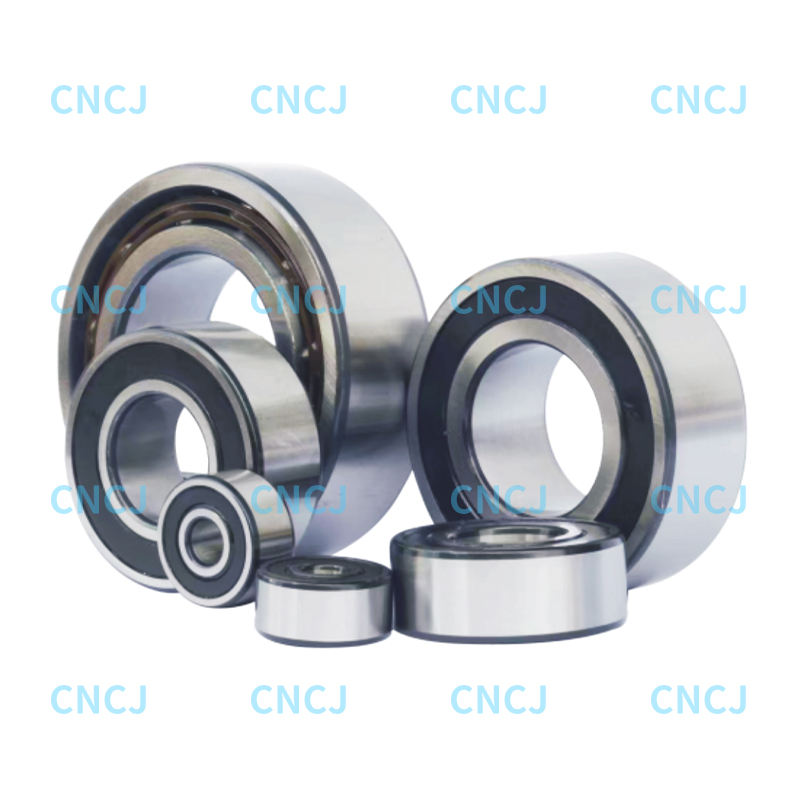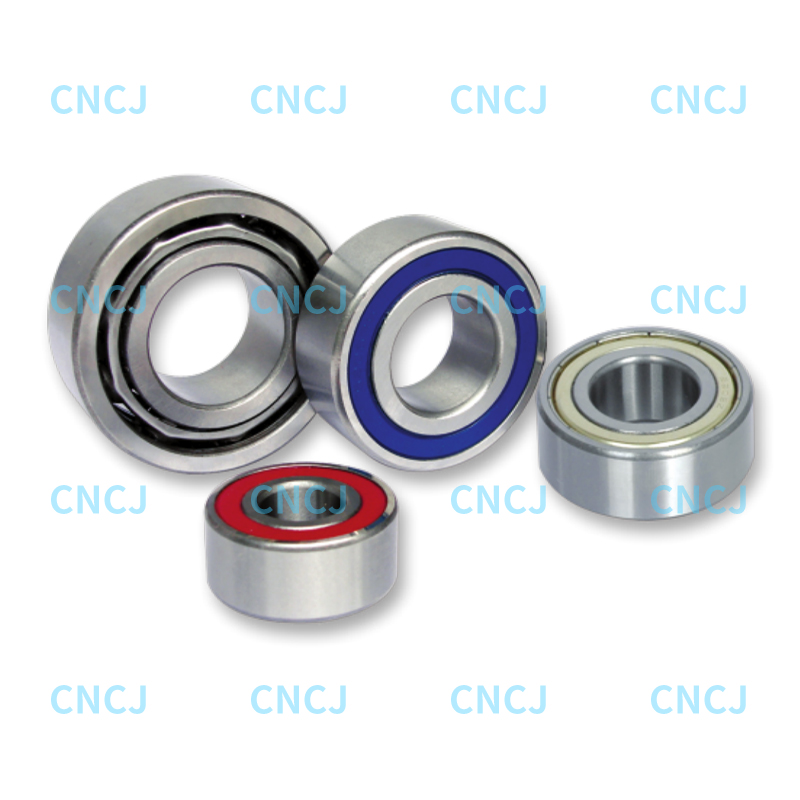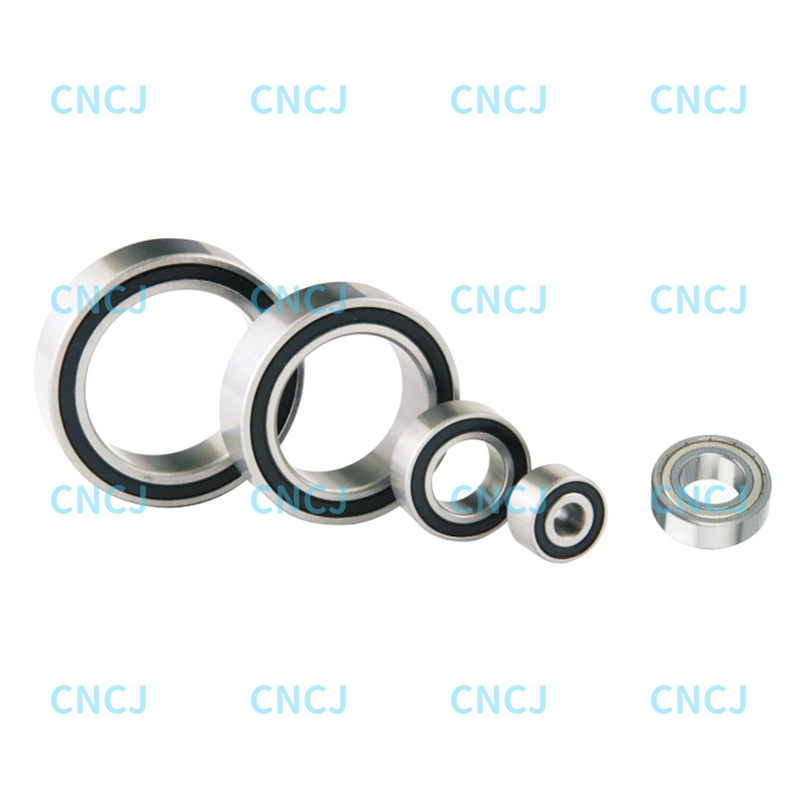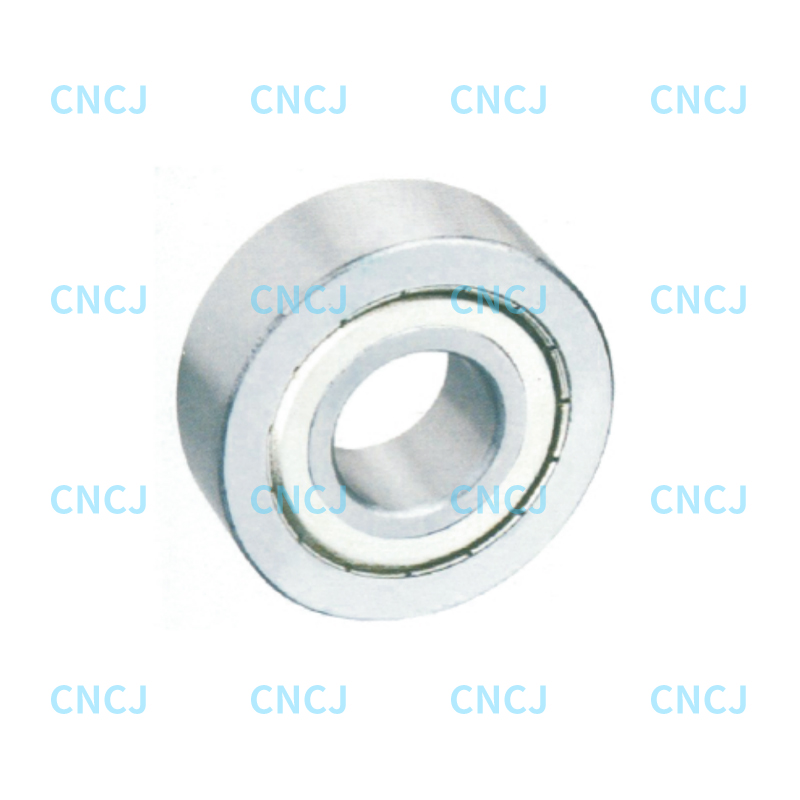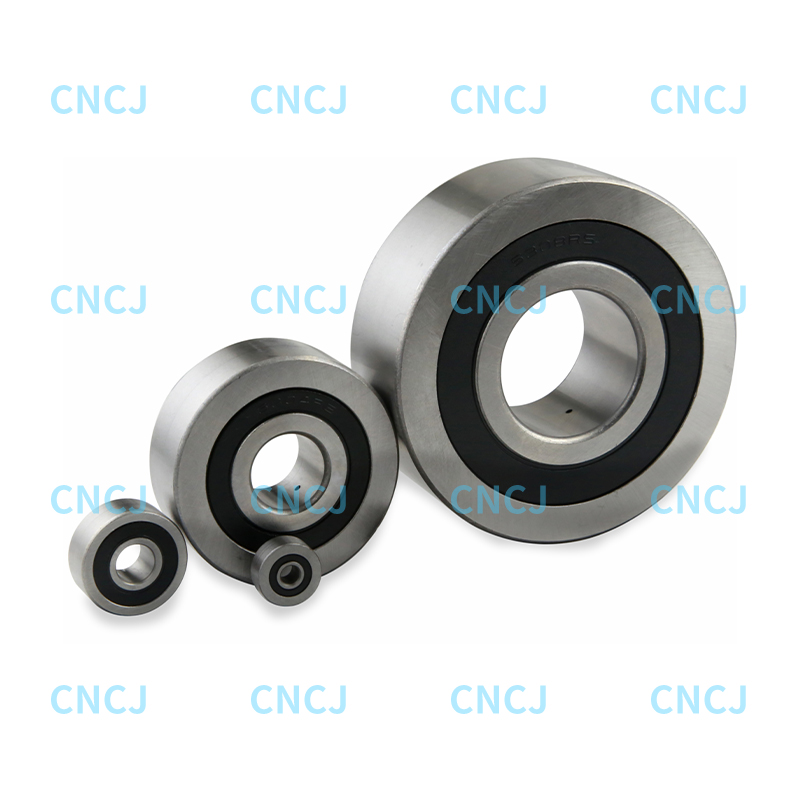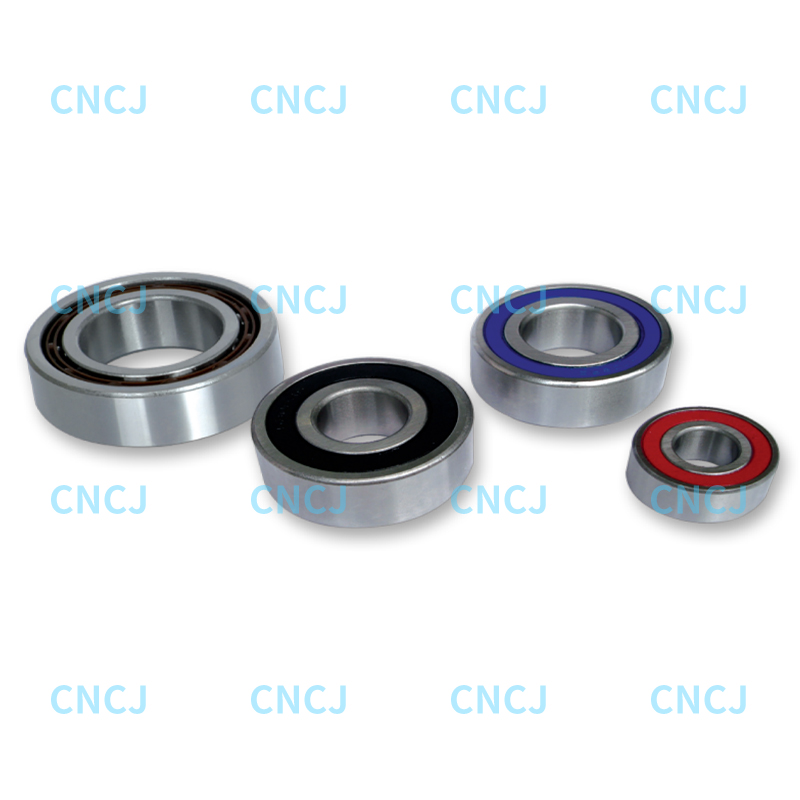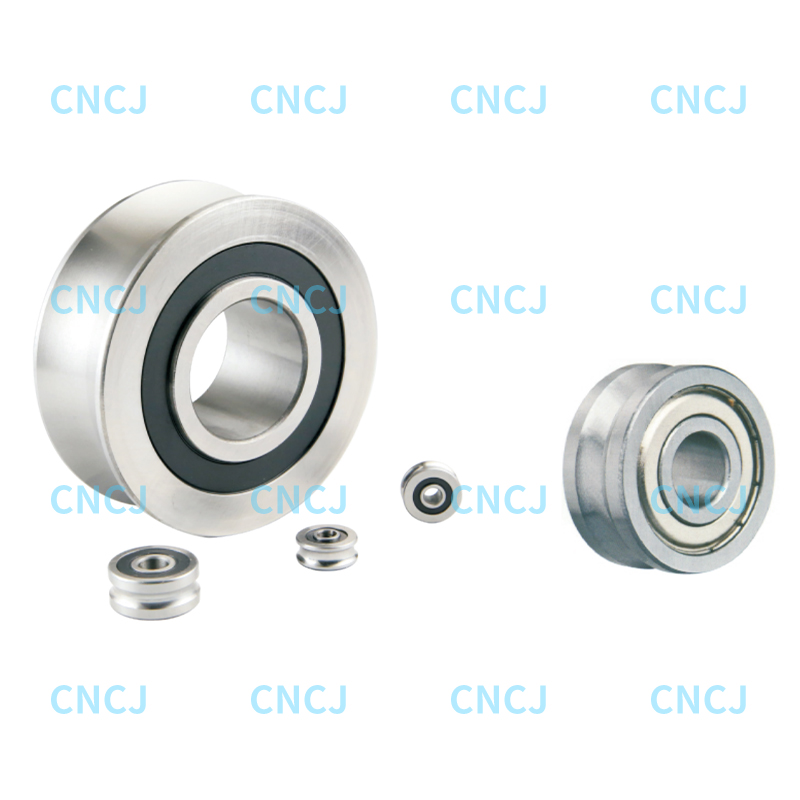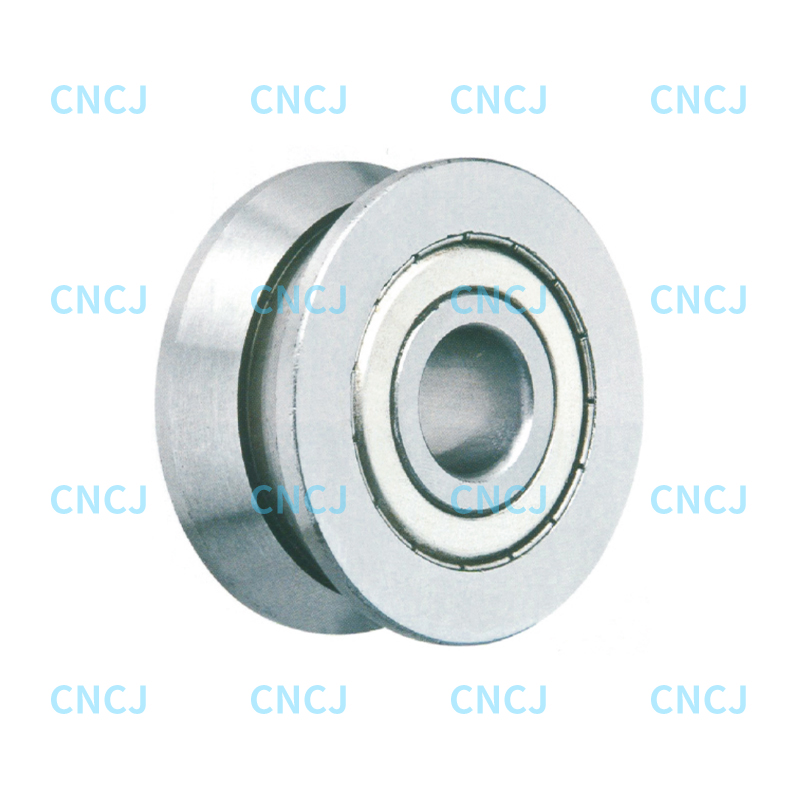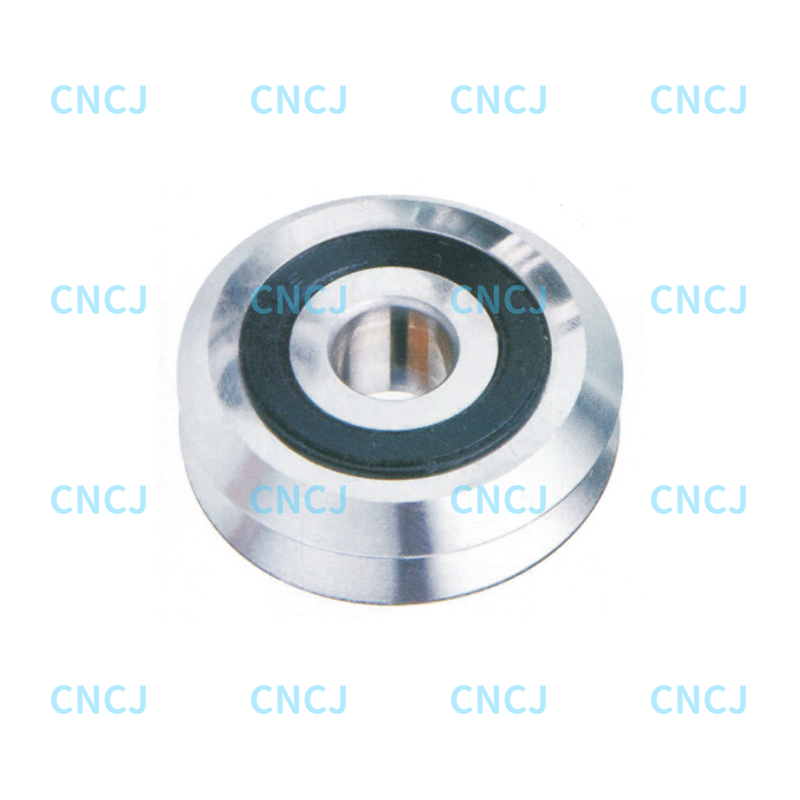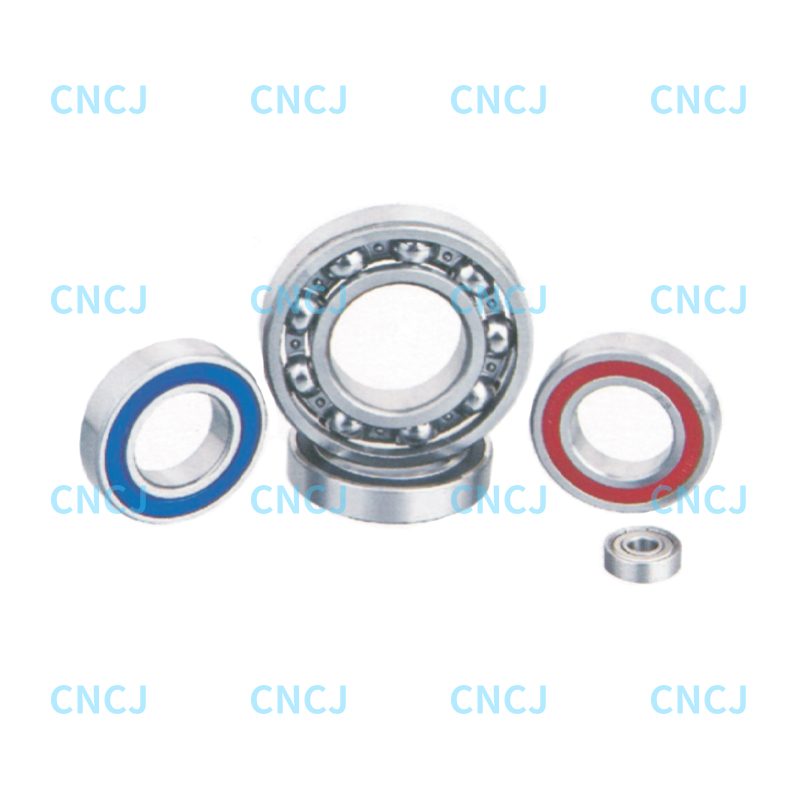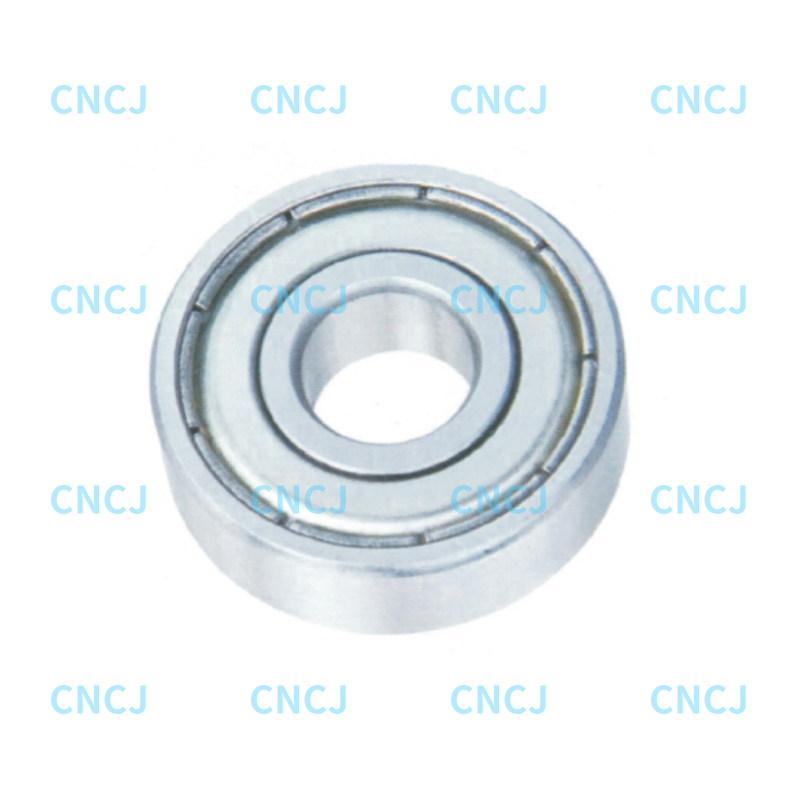Deep groove ball bearings are widely used in various mechanical equipment due to their strong load-bearing capacity, smooth operation, and easy maintenance. However, in practical applications, the impact of temperature changes on bearing performance is a problem that cannot be ignored. Especially in high-temperature environments, thermal expansion may have a significant impact on the operating performance of deep groove ball bearings, leading to equipment failure. Therefore, understanding the thermal expansion characteristics of deep groove ball bearings and how to deal with problems caused by temperature changes is crucial to ensuring their long-term stable operation.
Thermal expansion characteristics of deep groove ball bearings
The operating temperature range of deep groove ball bearings is typically between -20°C and 120°C. When the temperature of the working environment exceeds this range, the bearing material will undergo thermal expansion. Thermal expansion refers to the dimensional changes that occur in materials when the temperature increases. This change can have many effects on the performance of the bearing.
Dimensional changes: The dimensions of the inner ring, outer ring and rolling elements of deep groove ball bearings will expand as the temperature increases. If the temperature changes too much, the dimensions of each component of the bearing will deviate, which may lead to poor coordination of the inner and outer rings, increase friction and wear, and even cause jamming.
Gap changes: The gap between the inner and outer rings of a bearing changes with temperature. In high-temperature environments, too small a clearance may cause excessive bearing friction, increase energy loss and heat accumulation, thereby accelerating bearing damage.
Decreased lubrication performance: High temperatures also have a great impact on bearing lubricating oil or grease. The viscosity of lubricating oil decreases as the temperature increases, which will lead to poor lubrication effect, increased friction, and accelerated bearing wear.
Effect of temperature changes on bearing performance
The influence of temperature changes on deep groove ball bearings can be manifested in the following aspects:
Increased friction and wear: Due to clearance changes caused by thermal expansion, the contact between the rolling elements and raceways of the bearing may become uneven, resulting in increased friction. Excessive friction over time can cause premature bearing wear and shorten service life.
Reduced accuracy: High temperatures may cause the hardness of the bearing material to decrease, which in turn affects the accuracy of the bearing. Reduced accuracy will cause vibration and noise in the bearing during high-speed operation, affecting the stability and reliability of the equipment.
Lubrication failure: When the temperature rises, the viscosity of the lubricating oil decreases and the lubrication effect becomes worse. Insufficient lubrication will lead to increased frictional resistance and overheating of bearing components, further aggravating wear and even leading to seizure and burning.
Fitting problems caused by thermal expansion: Under high temperature conditions, the expansion degrees of the inner and outer rings are different, which may lead to inappropriate fitting clearance and affect the normal operation of the bearing. In extreme cases, the inner ring may expand too much and become stuck with the bearing seat, causing equipment shutdown.
How to avoid malfunctions caused by temperature changes
In order to ensure that deep groove ball bearings can operate normally in high temperature environments and reduce the impact of thermal expansion, the following methods can be adopted:
Select the appropriate bearing material: The thermal expansion coefficient of the bearing material directly affects the impact of thermal expansion on its performance. Using materials with low thermal expansion coefficients (such as stainless steel, high-performance alloys, etc.) can reduce the impact of temperature changes on bearing size and fit, thereby improving bearing stability.
Use appropriate fit clearance: When designing bearings, reserve appropriate clearances based on the equipment's working environment and temperature changes to ensure that bearing components will not interfere or excessively rub when the temperature rises. You can choose a looser fit so that the bearing can still work normally at high temperatures.
Use high-temperature lubricating oil or grease: Use lubricating oil or grease designed for high-temperature environments to ensure good lubrication at high temperatures. High-temperature greases generally have higher viscosity and better thermal stability, which can effectively reduce friction and wear.
Control the operating temperature: During the operation of the equipment, ensure that the working environment temperature does not exceed the maximum operating temperature of the bearing. If the equipment operates at high temperatures for a long time, you can consider installing a cooling system or adding a heat dissipation device to reduce the operating temperature of the bearings.
Regular monitoring and maintenance: Regularly check the working status of bearings, especially equipment operating in high temperature environments. Check parameters such as bearing lubrication, temperature and vibration to detect problems and perform maintenance or replacement in time.
Improve bearing design: When designing bearings, the temperature resistance of the bearing can be improved by adding heat sinks, using high-temperature resistant materials, or adopting multiple seal designs. These improvements can effectively reduce the impact of temperature on the bearing and improve its reliability in high-temperature environments.

 English
English 中文简体
中文简体 Deutsch
Deutsch Español
Español